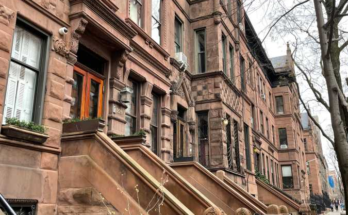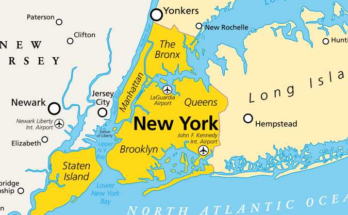
The Eiffel Tower, one of the world’s most iconic landmarks, was constructed as the centerpiece of the 1889 Exposition Universelle (World’s Fair) held in Paris to celebrate the 100th anniversary of the French Revolution. Designed by French engineer Gustave Eiffel and his company, the tower symbolized France’s industrial prowess and innovative spirit during the late 19th century.
The tower’s design was chosen through a competition, and Gustave Eiffel’s proposal stood out for its bold use of wrought iron and cutting-edge engineering techniques. Construction began in January 1887 and took just over two years to complete, an impressive feat for a structure of its size and complexity. Over 18,000 individual iron parts and 2.5 million rivets were meticulously assembled by a team of around 300 workers.

When completed in March 1889, the Eiffel Tower stood at 300 meters (984 feet), making it the tallest man-made structure in the world at the time. The design faced considerable criticism from prominent artists, writers, and intellectuals who considered it an eyesore, referring to it as “the iron monstrosity.” However, public opinion gradually shifted as the tower became a symbol of modern engineering and aesthetic innovation.
Initially intended to stand for only 20 years, the Eiffel Tower was saved from demolition by its potential for technological applications, particularly as a radio transmission tower. In 1909, it began hosting wireless telegraphy experiments, proving invaluable for military communications during World War I. Over time, the tower continued to evolve, incorporating new uses such as meteorology and broadcasting.

The Eiffel Tower became a global icon during the 20th century, attracting millions of visitors annually. Its cultural significance was further cemented through appearances in films, literature, and art, representing Paris and France worldwide. In 1986, it underwent a major restoration, including a new coat of paint, structural reinforcements, and modernized elevators.

Today, the Eiffel Tower remains a symbol of Parisian identity and French innovation, drawing over 7 million visitors each year. Standing at 330 meters (1,083 feet) after several antenna additions, it continues to dominate the Paris skyline. Beyond its architectural and historical significance, the Eiffel Tower serves as a timeless testament to human ingenuity and the power of visionary design.


